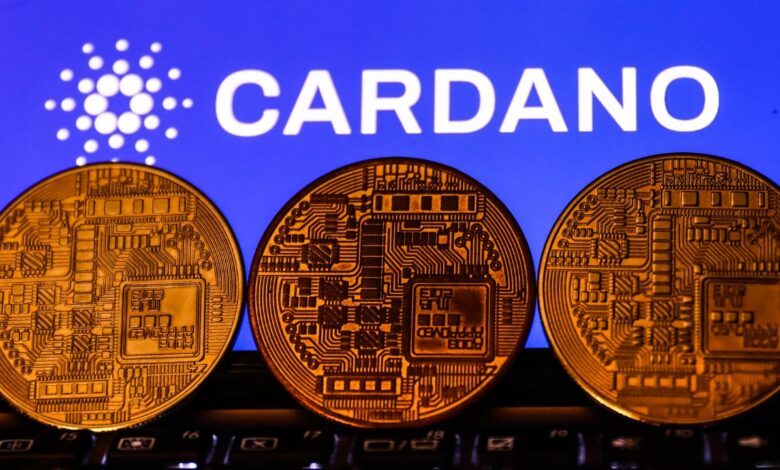Cardano and its Proof-of-Stake Protocol

Cardano is a blockchain platform that uses a Proof-of-Stake (PoS) consensus algorithm. The PoS protocol is a more energy-efficient alternative to the Proof-of-Work (PoW) protocol used by Bitcoin. In this article, we will explore the Cardano blockchain and its PoS protocol in detail.
What is Cardano?
Cardano is a decentralized blockchain platform that enables the development of smart contracts and decentralized applications (dApps). It was founded in 2015 by Charles Hoskinson, one of the co-founders of Ethereum. Cardano uses a layered architecture that separates the ledger and the computation layer. This approach allows for greater flexibility and scalability of the platform.
Understanding Proof-of-Stake (PoS)
The PoS protocol is a consensus algorithm that allows nodes to validate transactions and create new blocks based on the amount of cryptocurrency they hold. In a PoS system, the likelihood of a node being selected to validate a transaction or create a new block is directly proportional to the amount of cryptocurrency it holds.
Advantages of PoS
One of the main advantages of PoS over PoW is energy efficiency. In a PoW system, nodes solve complex mathematical problems to validate transactions and create new blocks. This process requires a lot of computational power and energy. PoS, on the other hand, requires much less energy to validate transactions and create new blocks.
Another advantage of PoS is that it incentivizes users to hold onto their cryptocurrency, as the more they hold, the more likely they are to be selected to validate transactions and create new blocks. This, in turn, helps to increase the overall security of the network.
Cardano’s PoS Protocol
Cardano’s PoS protocol is called Ouroboros. It is a provably secure PoS protocol that uses a combination of cryptographic techniques and game theory to ensure the security and fairness of the network.
Ouroboros divides time into epochs, which are further divided into slots. Each slot is assigned a slot leader, which is responsible for creating a block during that slot. The slot leader is selected randomly based on the amount of cryptocurrency they hold. Once a slot leader is selected, they create a block and broadcast it to the network for validation.
The Ouroboros protocol also introduces the concept of a stake pool. A stake pool is a group of users who combine their stakes to increase their chances of being selected as slot leaders. This helps to decentralize the network and increase overall security.
Cardano’s Roadmap
Cardano has a long-term roadmap that is focused on improving the scalability and interoperability of the platform. The roadmap is divided into five eras: Byron, Shelley, Goguen, Basho, and Voltaire.
The Byron era focused on the development of the core Cardano blockchain, while the Shelley era focused on the implementation of the PoS protocol and the decentralization of the network. The Goguen era is currently underway and is focused on the integration of smart contracts and dApps.
The Basho era will focus on improving the scalability and performance of the network, while the Voltaire era will focus on governance and sustainability.



